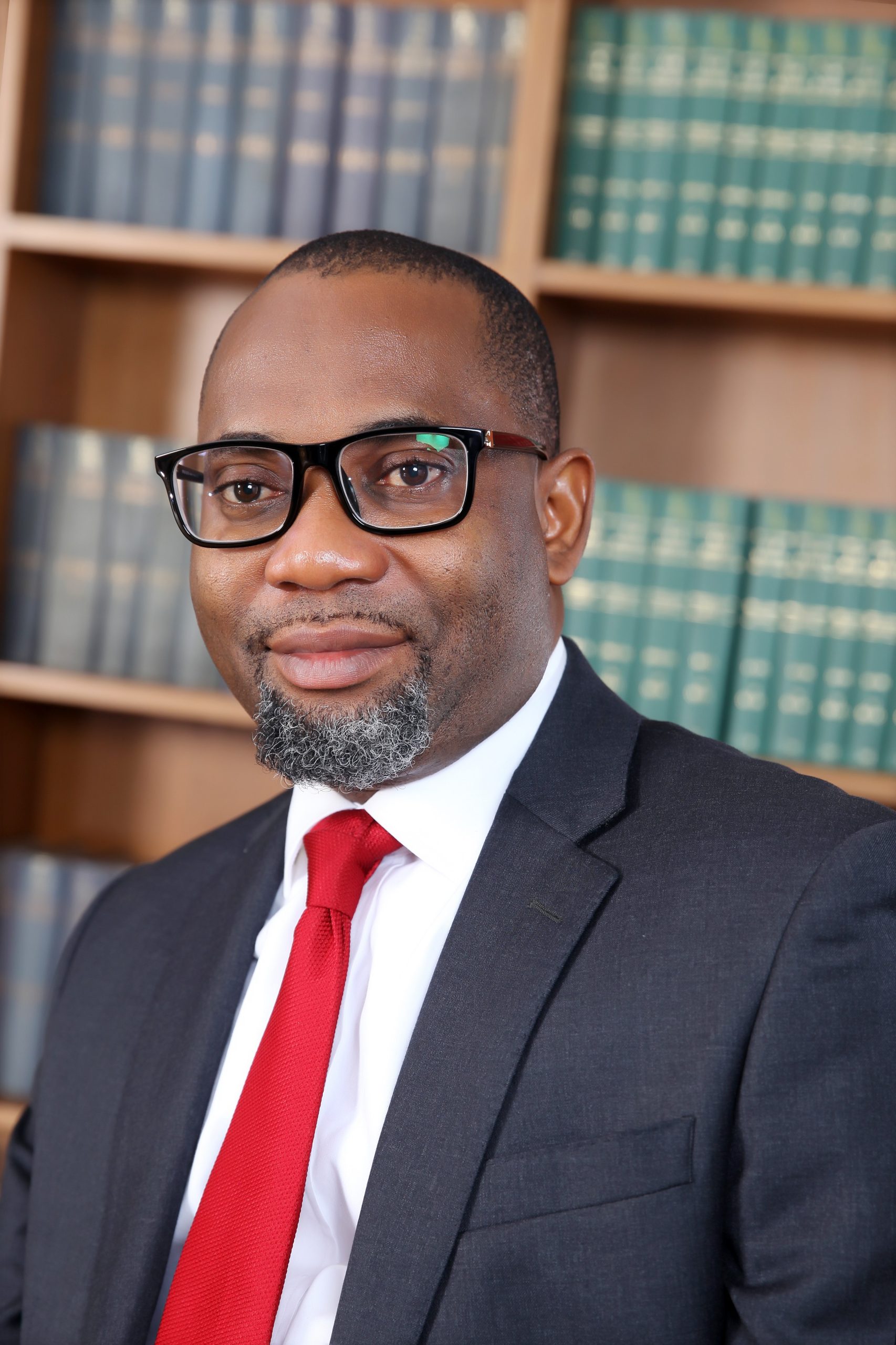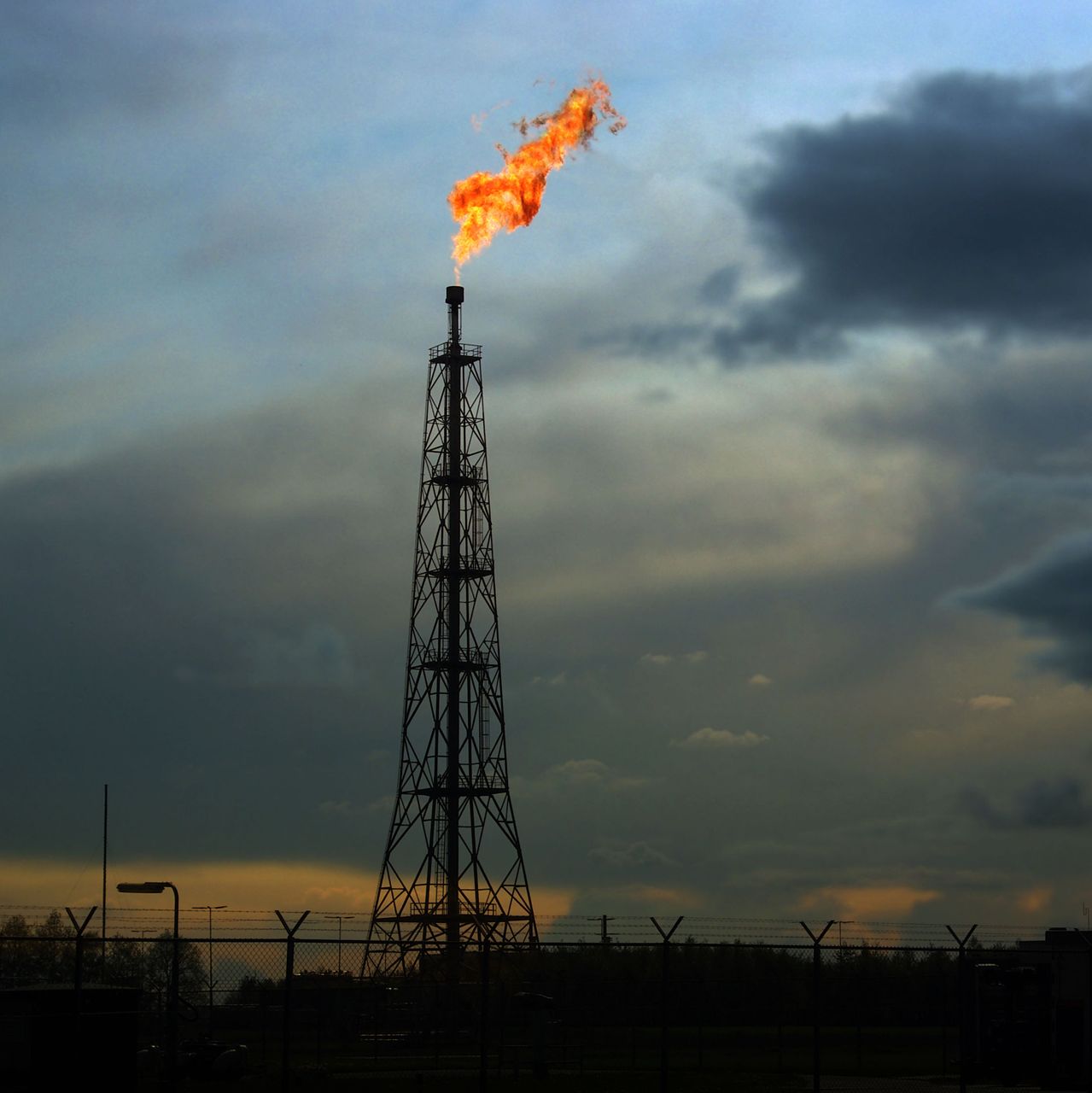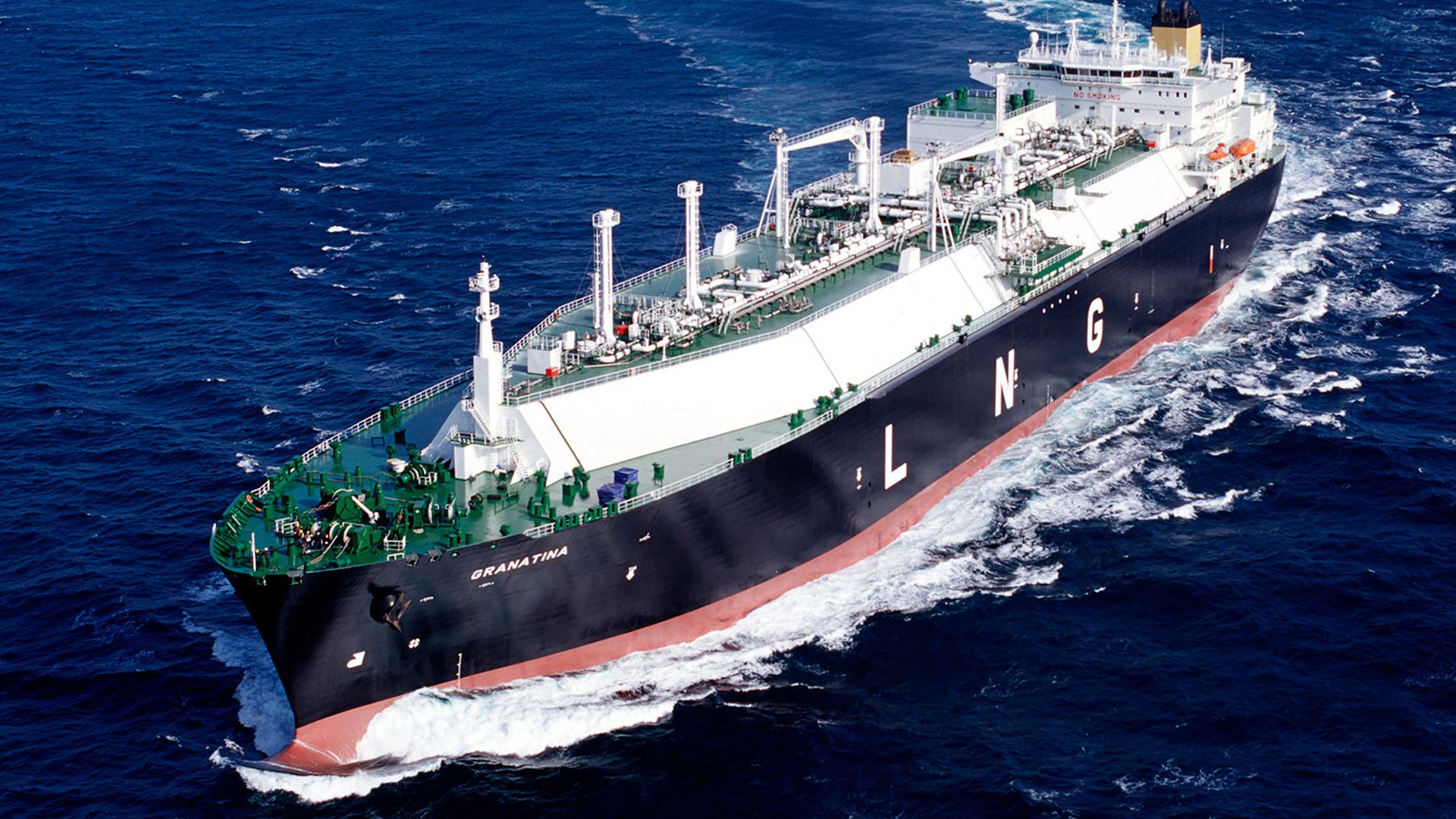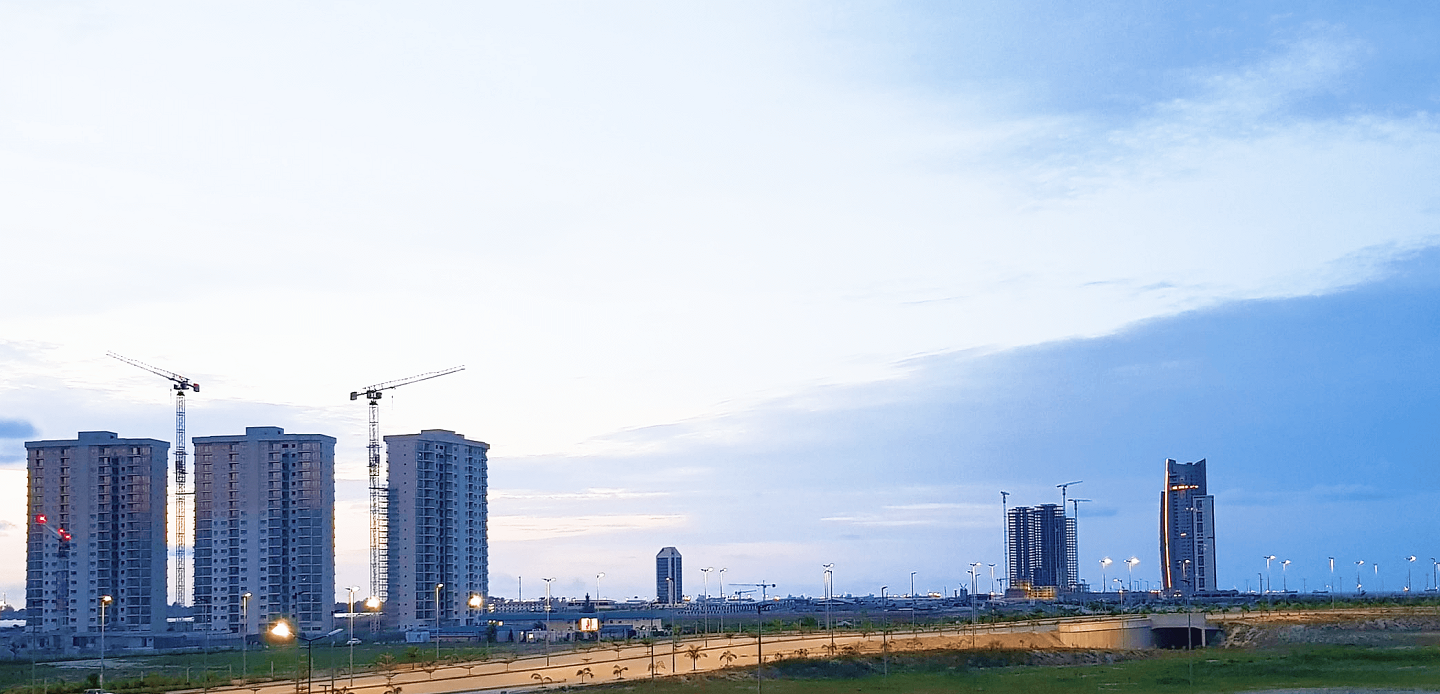Nigeria’s Suppression of Piracy and Other Maritime Offences Act, 2019 and the Deep Blue Project aim to ‘prevent and suppress piracy, armed robbery’ and any other unlawful act against a ship, aircraft and any other maritime craft, including fixed and floating platforms.
As Nigeria gets set to deploy the Deep Blue Project to protect its coastal waters, the Nigerian Maritime Administration and Safety Agency (NIMASA) says “piracy will no longer be allowed to thrive”.
The combined effect of these two initiatives is to halt the rising trend of piracy and other illegal acts against maritime traffic. The objective being to enhance the flow of maritime activity in Nigerian waters and the Gulf of Guinea.
Nigeria’s Suppression of Piracy and Other Maritime Offences Act, 2019
The Suppression of Piracy and Other Maritime Offences Act 2019 (SPOMO) gives effect to the relevant provisions of the Convention for the Suppression of Unlawful Acts Against the Safety of Maritime Navigation, Protocol for the Suppression of Unlawful Acts Against the Safety of Fixed Platforms Located on the Continental Shelf (SUA) The SUA convention was adopted on 10 March 1988 and entered into force on 1 March 1992. Nigeria ratified his convention.
SPOMO has ended the controversy around whether the crime of sea piracy is defined in any local legislation. The Federal High Court has exclusive jurisdiction to determine matters of armed robbery and other unlawful acts at sea.
Without clear domestic statutes, the prosecution of parties suspected of sea piracy, prior to the law’s enactment, was problematic in Nigeria.
Notwithstanding the purported domestication of the SUA Convention (and its protocol) by section 215(h) of the Merchant Shipping Act 2007 there were doubts about the proper domestication of SUA as required by the Nigerian Constitution.
Section 3 of SPOMO has clarified the position by defining ‘piracy’ as any:
(a) illegal act of violence, act of detention. or any act of depredation, committed for private ends by the crew or any passenger of a private ship or private aircraft and directed
(i) in International Waters against another ship or aircraft or against a person or property on board the ship or aircraft, or
(ii) against a ship, aircraft, person or property in a place outside the jurisdiction of any state;
(b) act of voluntary participation in the operation of a ship or of an aircraft with knowledge of facts making it a pirate ship or aircraft; and
(c) act of inciting or of intentionally facilitating an act described in subparagraph (a) or (b) of this section.
SPOMO is a further illustration of the fact that Contracting states are empowered in accordance with their municipal laws to arrest and prosecute persons, ships or aircraft suspected of committing piracy regardless of whether the pirate or attacked ship flies a foreign flag or has a foreign crew. The definition also covers violent acts committed against property other than ships, such as aircraft and floating and fixed platforms in the Nigerian Exclusive Economic Zone.
Section 4 of SUA lists 18 maritime offences and unlawful acts at sea, which include armed robbery at sea and acts other than piracy committed within Nigeria or its maritime zone. Such acts include:
- the hijacking of a ship, aircraft or fixed or floating platform.
- the destruction or vandalism of a ship, installation, or navigation facility; or
- interference with the operation of a ship, installation, or navigation facility.
Jurisdiction of the Federal High Court of Nigeria
Section 5(2) of SUA the Federal High Court, to the exclusion of all other courts, has jurisdiction to hear and determine any matter under the act.
Some Key SPOMO Provisions
Such provisions include those relating to restitution to owners of violated maritime assets and the forfeiture of proceeds of piracy or maritime offences.
The act also provides that the right of prosecution shall reside in the Attorney General of the Federation of Nigeria; any officer so designated by the attorney General; or the Nigerian Maritime Administration and Safety Agency (NIMASA), with the Attorney General’s consent. These provisions have given rise to genuine concerns about the potential for delays or outright vetoes, due to bureaucratic process or political reasons in the grant by the Attorney General of consent to commence proceedings, which may be very urgent.
Deep Blue Project – 2021
Nigeria is investing much of its maritime safety and security hopes in the Deep Blue Project. Initiated by the Federal Ministry of Transportation and Federal Ministry of Defence, it is being implemented by the Nigerian Maritime Administration and Safety Agency (NIMASA), with participation from the Nigerian Navy, Nigerian Army, Nigerian Air Force, Nigeria Police, and Department of State Services.
The Deep Blue Project aims to prevent illegal activities in the Nigerian Exclusive Economic Zone (EEZ), enforce maritime regulations, enhance safety of lives at sea, and prevent illegal activities in the inland waterways. In February, the Federal Government added the Secure Anchorage Area (SAA), off the coast of Lagos, to the areas under the protection of the Deep Blue Project.
The project is designed with three categories of platforms to tackle maritime security issues on land, sea, and air. The land assets comprise the Command, Control, Communication, Computer, and Intelligence Centre (C4i) for intelligence gathering and data collection; 16 armoured vehicles for coastal patrol; and about 600 specially trained troops for interdiction, known as Maritime Security Unit. On air, there are two Special Mission Aircraft for surveillance of the EEZ, one of which was received May 12, with the second expected to arrive soon; three Special Mission Helicopters for search and rescue; and four Unmanned Aerial Vehicles. The sea assets consist of two Special Mission Vessels and 17 Fast Interceptor Boats.
All the assets have been delivered, except one Special Mission Aircraft.
The Deep Blue Project assets would be deployed to prevent pipeline vandalism, oil theft, illegal bunkering, arms smuggling, drug trafficking, human trafficking, and illegal fishing. They would also be deployed for pollution prevention and control in the Nigerian maritime environment.
The project is in line with the country’s total spectrum maritime security strategy, anchored on four pillars, namely, situational awareness, response capability, law enforcement and local partnerships, and regional cooperation.







